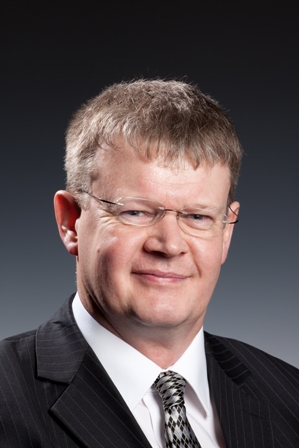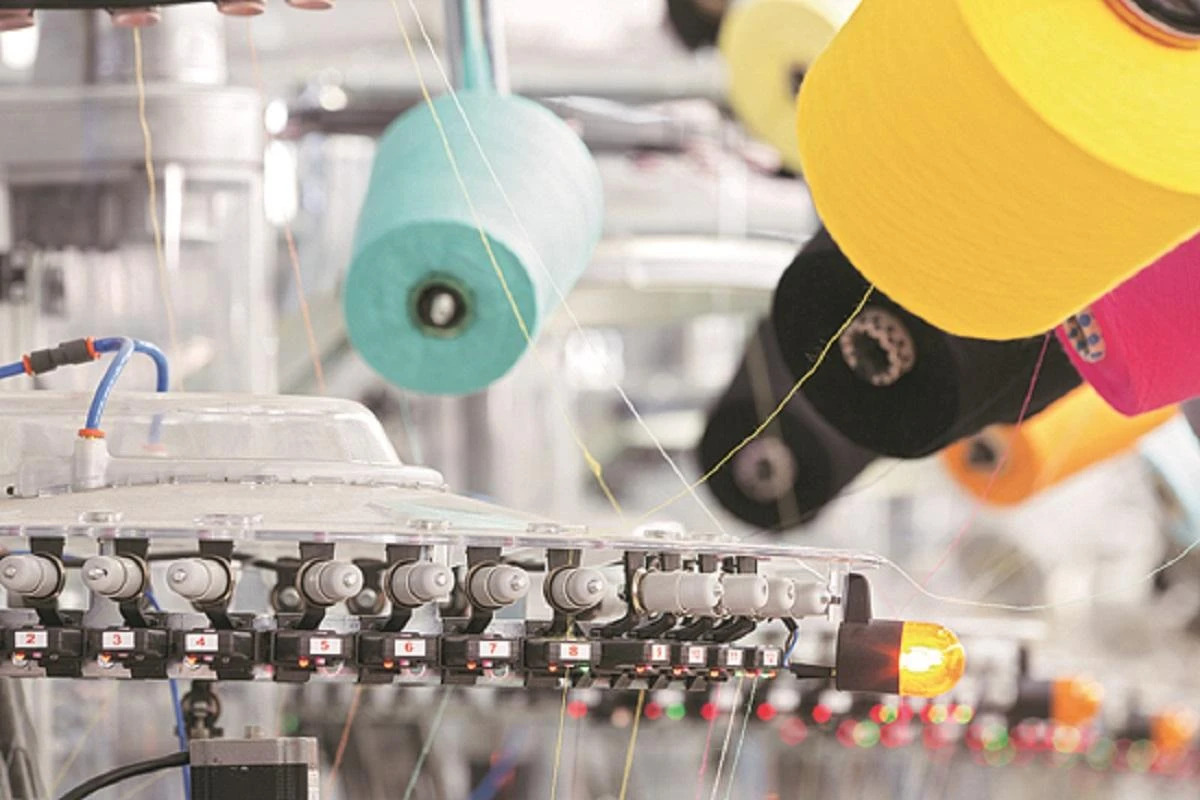
SDC (Society of Dyers and Colourists) is the world’s leading independent, educational charity dedicated to advancing the science and technology of colour. On their recent visit to India SDC’s CEO, Graham Clayton and President, Richard Straughan spoke to Relin Hedly about sustainability and technological evolution in sustainability
What is the process of sustainability?
GC: The supply chain of sustainability is a complex process. People think that natural is best. In terms of sustainability and impact on environment, natural may not necessarily be the best. If it fades, then it does not have a long life. Its complex but I think people are moving in the right direction and more conversations are happening across the entire supply chain. The discussion is stretching back to the manufacturing stage.
What has been the evolution of technology in sustainability?
RS: There is a lot of evolution taking place on the dyestuff side like wash up performance of reactive dyes etc, which is making dyestuff expensive. There is a cost factor against performance. However, things are changing and retailers can drive technology and sustainability. Further there are many areas that can be focused on the retail and manufacturing side apart from environment problems that needs to be dealt with.
GC: I came across a unique microwave technology where the entire clothing is put on a conveyor belt and gets disassembled once it’s out. This clothing can be easily sorted, graded and there is lot to be done in terms of fabrics, extraction of dyes, there is still some work to be done. This shows that the technical developments are moving in the right direction.
Is sustainability an efficient way of making money?
GC: If you look at the whole supply chain it is an efficient way of making money but certain parts of the supply chain may end up paying more. There are standards involved and when you put standards in place there is improvement in quality, which helps in reduction of waste. In short, putting in standards saves money. So you have to see what the effect of the standard is on your production and not just the cost.
RS: If you have good design and quality the lifecycle of the garment is longer. The most important cost benefit is for the next generation. We have to educate and set an example for them.
What are the different challenges that India needs to overcome?
RS: In India, we have to encourage people to come back into the industry. The industry does not have a good reputation of keeping young people because there are cleaner jobs. For example, pharmaceutical has a much cleaner environment, we have to improve the environment for young people to come through and also train them better. If we get the right calibre of people, then we can do more research not only in dyestuff manufacturing but also in processing because these people are the future. India is not the only country, Europe is also facing similar issues. We have to address them and that’s what the SDC is all about: ‘Education’. It is not difficult to persuade Indians that they need training, the issue is what training they need. The best training is a two way communication. Training is not something that needs to be seen as a problem but as an opportunity to move forward. What we have seen is that people are going more into the fashion side but not many are going into the colouration side. They are not training them well and that’s one of the things that need to be addressed.
There is a shift in manufacturing from the West to East? Comment.
RS: There are opportunities for east and west to meet. You have manufacturing in the east with partners in the west. This kind of co-operation will benefit both the parties. We will never get the volumes back because it’s still a cost performance from the east. But east and west working together can actually have that bounce. If we want a new design or a change in colour that can be done in Europe but volume production will come from the east because of cost performance but there will be more cooperation in technology transfer.
Tell us about SDC’s initiatives
GC: SDC was in India for the International Design Competition final. These competitions have helped students to raise their standards. The society also works with school children in UK and helps them understand colour at a very young age.
RS: We appreciate the support received from two fashion institutes in India, BD Somani and Nirmala Niketan. The fashion houses we visited have given the students a new outlook.













